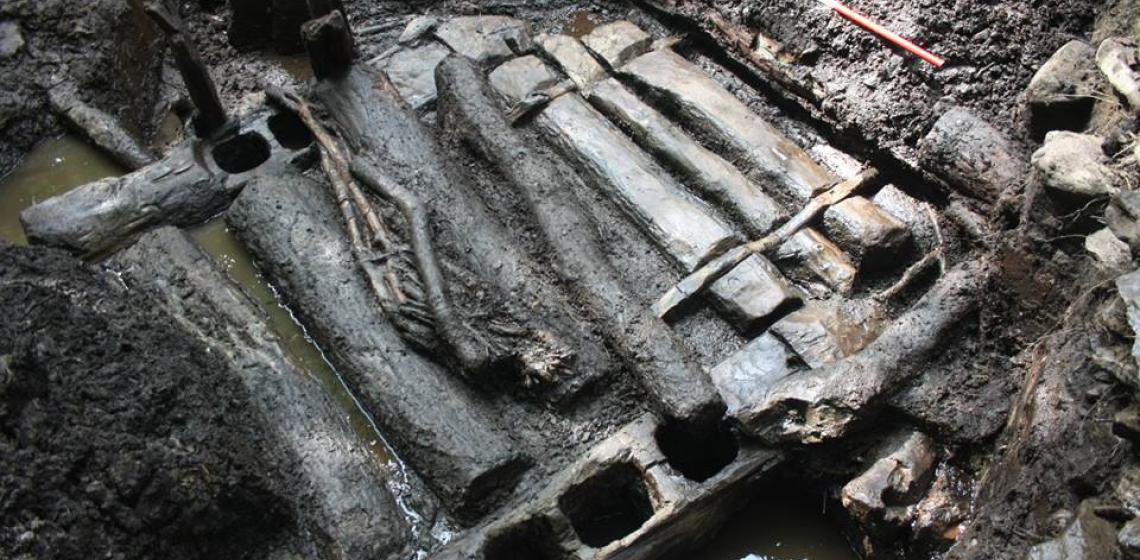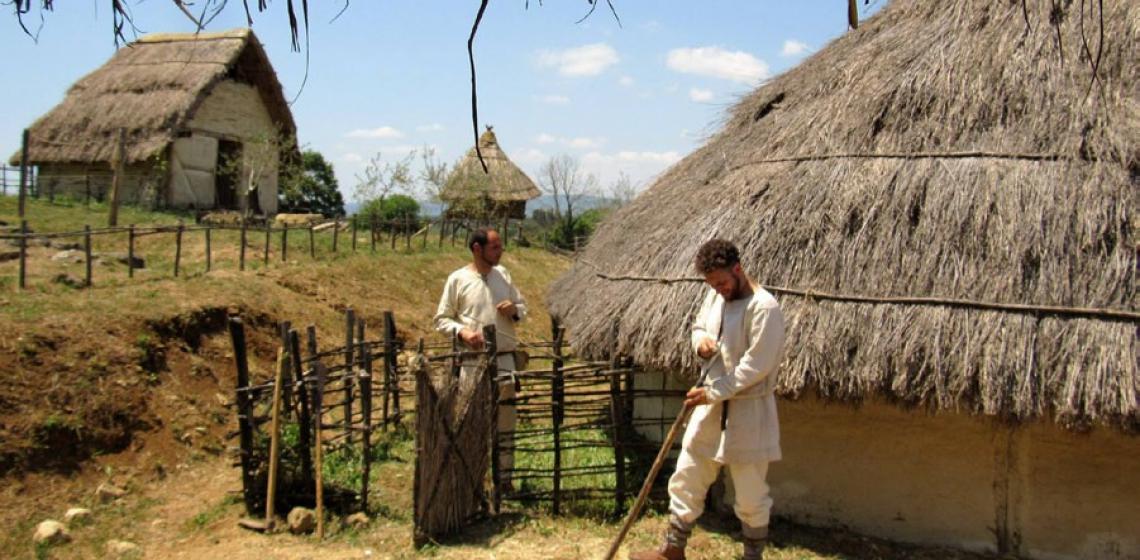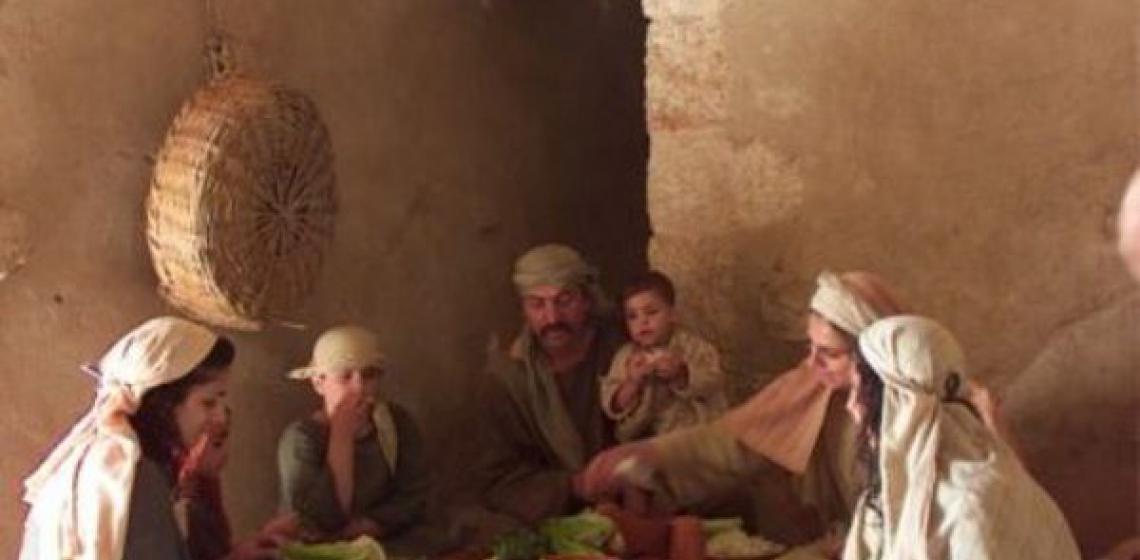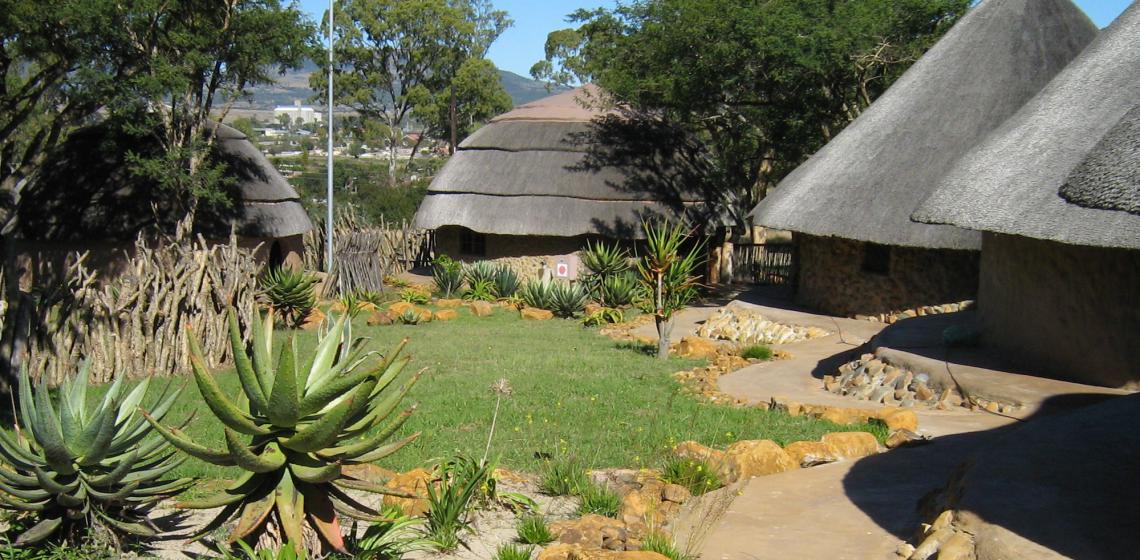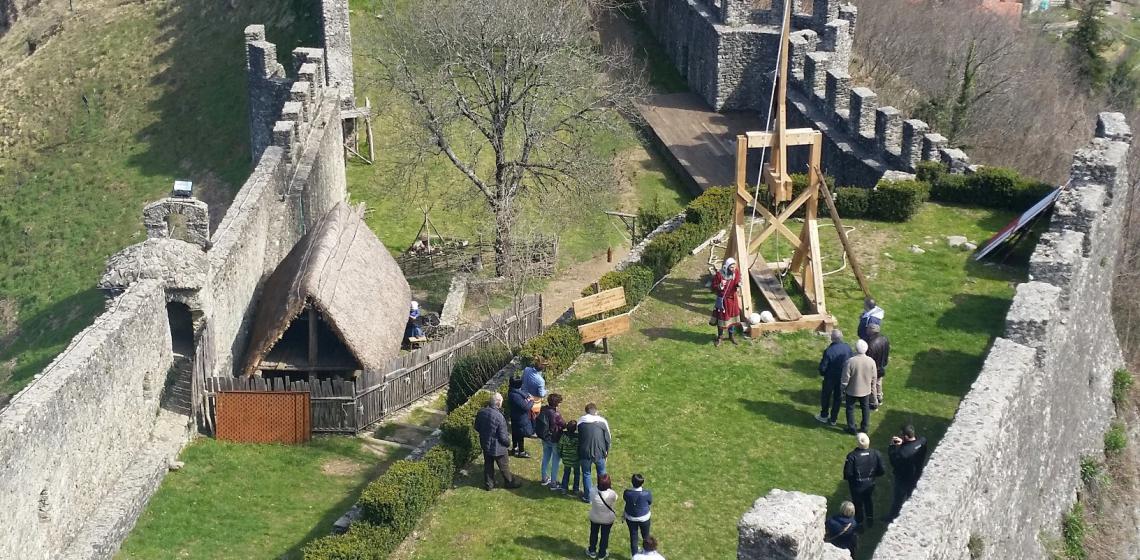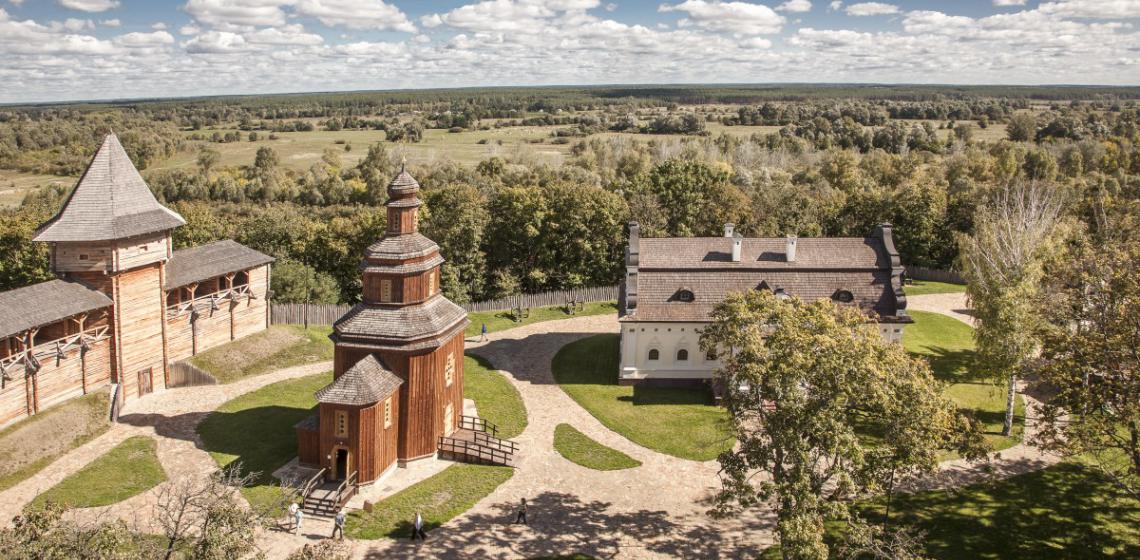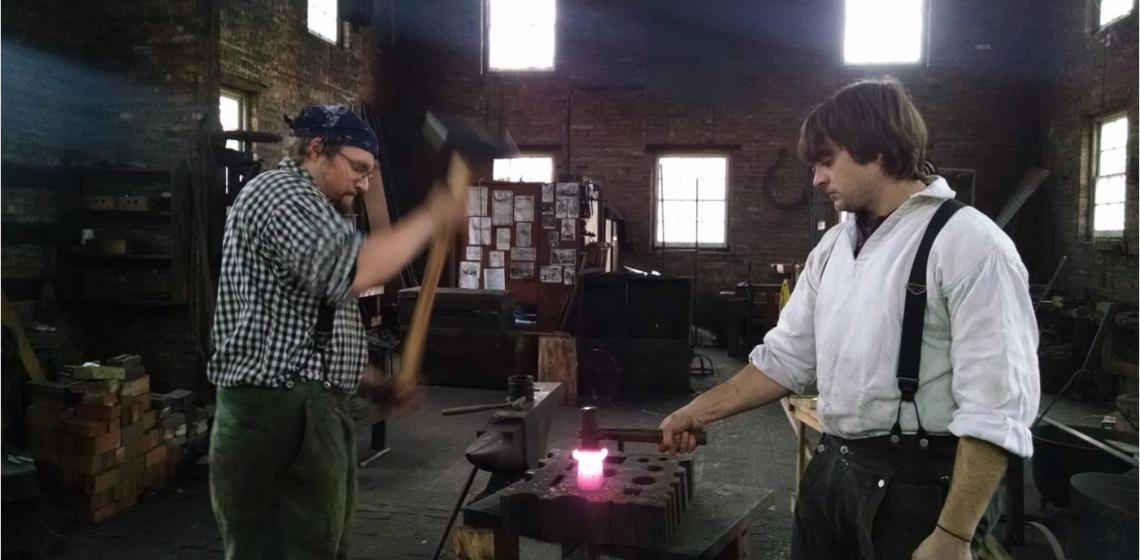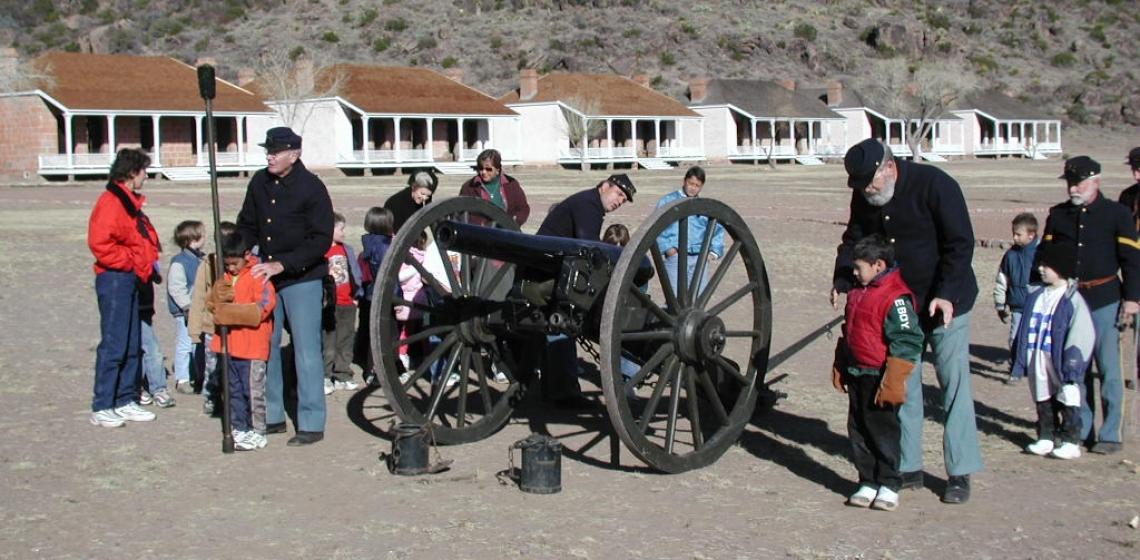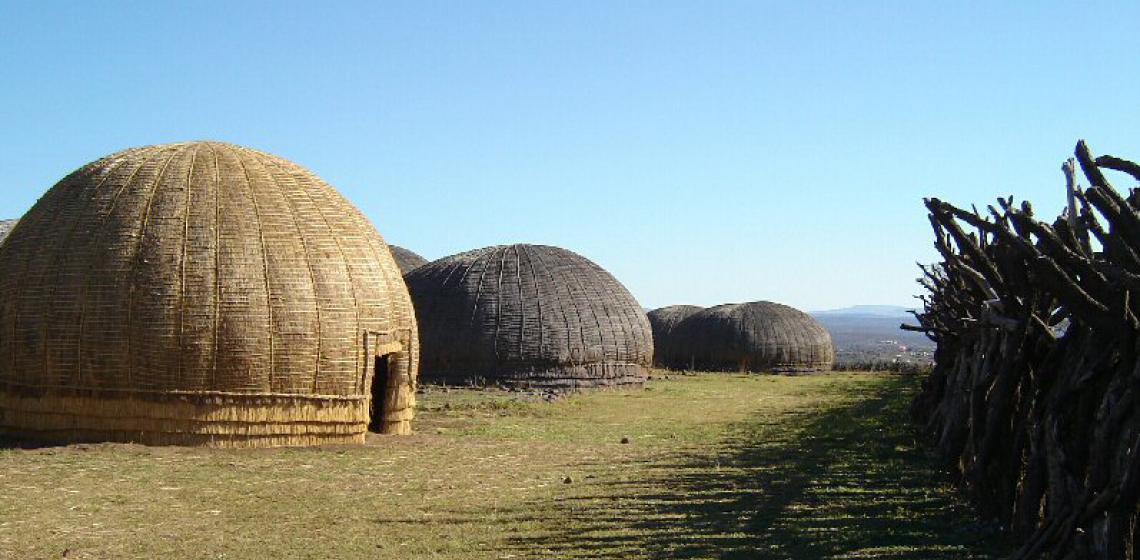Whithorn (UK)
Whithorn is famous as the site of the earliest Christian settlement in Scotland, with evidence of Christian practice dating to the early 5th Century. However, research is increasingly turning to the context for the arrival of Christianity and the sophisticated Iron Age culture which preceded it.
Recent excavation has revealed an important settlement of roundhouses dating to approximately the mid 5th Century BC at nearby Black Loch of Myrton; the boggy site has preserved the timbers and gives some of the best evidence for Iron Age construction anywhere in Scotland.

